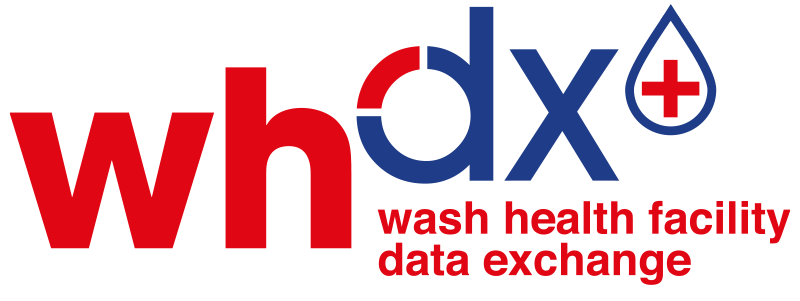We are entering a new era in the WASH sector. Nearly a decade ago, a small NGO called Water for People developed a mobile phone application that could allow users to map their water infrastructure. This innovation became Akvo Flow and provided a massive jump beyond the previous approaches of paper and pen. Over the past 10 years, we have seen steady progress – new tools being launched, ever more data being collected, innovative technologies that allow for those same phones to measure water quality, and even a standard for sharing data across organizations.
Five years ago, it seemed an ambitious target to have WASH data collected throughout West Africa. As I have just seen at the WCARO-ASWA meeting in Conakry, supported by DGIS and UNICEF, this in now the norm. Governments from Benin, Central African Republic, Côte d’Ivoire, Ghana, Guinea Conakry, Liberia, Mali, Mauritania, and Sierra Leone all shared dynamic presentations about their achievements in collecting data on water and sanitation, and their aspirations to use this data to transform WASH services. So much progress has been made that the fact that this data is available now seems almost commonplace. It is time to build on this good work and take the next step.
As a global WASH sector, we need to move beyond this steady progress and take another massive leap. We must usher in the era of precision WASH. Harnessing unprecedented evidence will allow us to optimize decisions. We can use data to maximize impact while reducing cost. We can predict, for the first time ever, which water points are going to break before they leave communities devastated, and fix them in advance. We can determine which broken water point, out of thousands, should be fixed first to help the greatest number of people.
Our work is too important to continue grasping for answers in the dark. We must all work together to launch ourselves into the world of precision WASH. Doctors are already using precision medicine to tailor treatment to each individual patient, based on their medical history. Farmers are benefitting from precision agriculture that tells each one exactly which crops to plant where and when, given their unique geology, soil characteristics, and market needs. Farmers can even buy seeds that come with insurance, made possible through robust predictions about how those seeds will perform in that farmers field.
We are already beginning to slip behind in the WASH sector, but we can still catch up. By using harmonized and shared water point data, we can begin collectively building the foundation for precision WASH today. When data is standardized, powerful analysis can also be standardized, ensuring that all countries are able to benefit from actionable insights at the same time, for much lower investment. In the coming weeks, WPDx will be rolling out the first tools that will provide decision support for governments around the world on the most important decisions they make.
Governments and their partners have spent the past decade collecting data to build the foundation for precision WASH. Now, we all need to work together to ensure that no government is left behind as our sector takes a giant leap into the future.
To see the first steps being taken in precision WASH, watch this brief segment from our recent webinar here.
